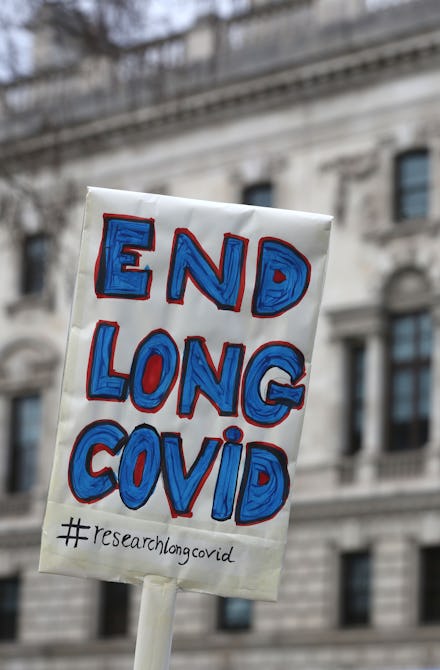Science confirms that women are more likely to develop long COVID
A new study suggests that the symptoms are different, too.

It’s three years into the COVID pandemic, and we’re still learning about this virus. We’ve known since the beginning that some people were more likely to become infected — older people and marginalized groups. But we’ve also suspected for a while that the disease doesn’t affect everyone equally either. A new study confirms that women are far more likely to develop long COVID.
The study, which was published this morning in the journal Current Medical Research and Opinion, analyzed data from over 1.3 million patients. What researchers found is that women seem to be 22% more likely to develop symptoms of long COVID following infection. The researchers also found differences in the long-term symptoms that women experienced.
According to the study, women are more likely to develop fatigue, mood disorder, gastrointestinal problems, musculoskeletal pain, and ear, nose, and throat issues after coronavirus infection. Men, it turns out, are more likely to develop endocrine disorders, diabetes, and kidney issues after contracting COVID.
Researchers involved in the study think that we probably should have expected COVID to impact women and men differently. “Sex differences in outcomes have been reported during previous coronavirus outbreaks,” the authors wrote in the study. “Therefore, differences in outcomes between females and males infected with SARS-CoV-2 could have been anticipated.” Basically, we could have recognized and planned for this differential earlier. Wonder why that didn’t happen?
What’s up with the gender divide when it comes to long COVID, anyways? Well, researchers haven’t exactly pinpointed the cause, but they have some ideas. “Differences in immune system function between females and males could be an important driver of sex differences in Long COVID syndrome,” the authors wrote. “Females mount more rapid and robust innate and adaptive immune responses, which can protect them from initial infection and severity. However, this same difference can render females more vulnerable to prolonged autoimmune-related diseases.” In other words, women tend to have quicker immune responses to infection that protect them in the short-term, but those same responses may hinder long-term immunity.
Part of the difference may also be explained by cultural factors. The authors noted that one of the reasons women may be more likely to develop long-COVID is simply that they are more likely to be exposed. Workers in nursing and education are predominantly women, and are therefore subject to a higher risk of exposure. There may also be differences in the level of care that women are able to access. “There may be disparities in access to care based on gender that could affect the natural history of the disease, leading to more complications,” the authors explained in their findings.
None of the findings of this study are particularly shocking, but they do serve as a reminder that we have to be more meticulous about our medical research. This study is one of the first to break down the effect of COVID by gender. “Most studies did not evaluate or report granular data by sex, which limited sex-specific clinical insights that may be impacting treatment,” the authors wrote in the study. In other words, we need to look more closely at the way gender affects the health and care of people who are, well, not men, and stop assuming that disease impacts folks equally.